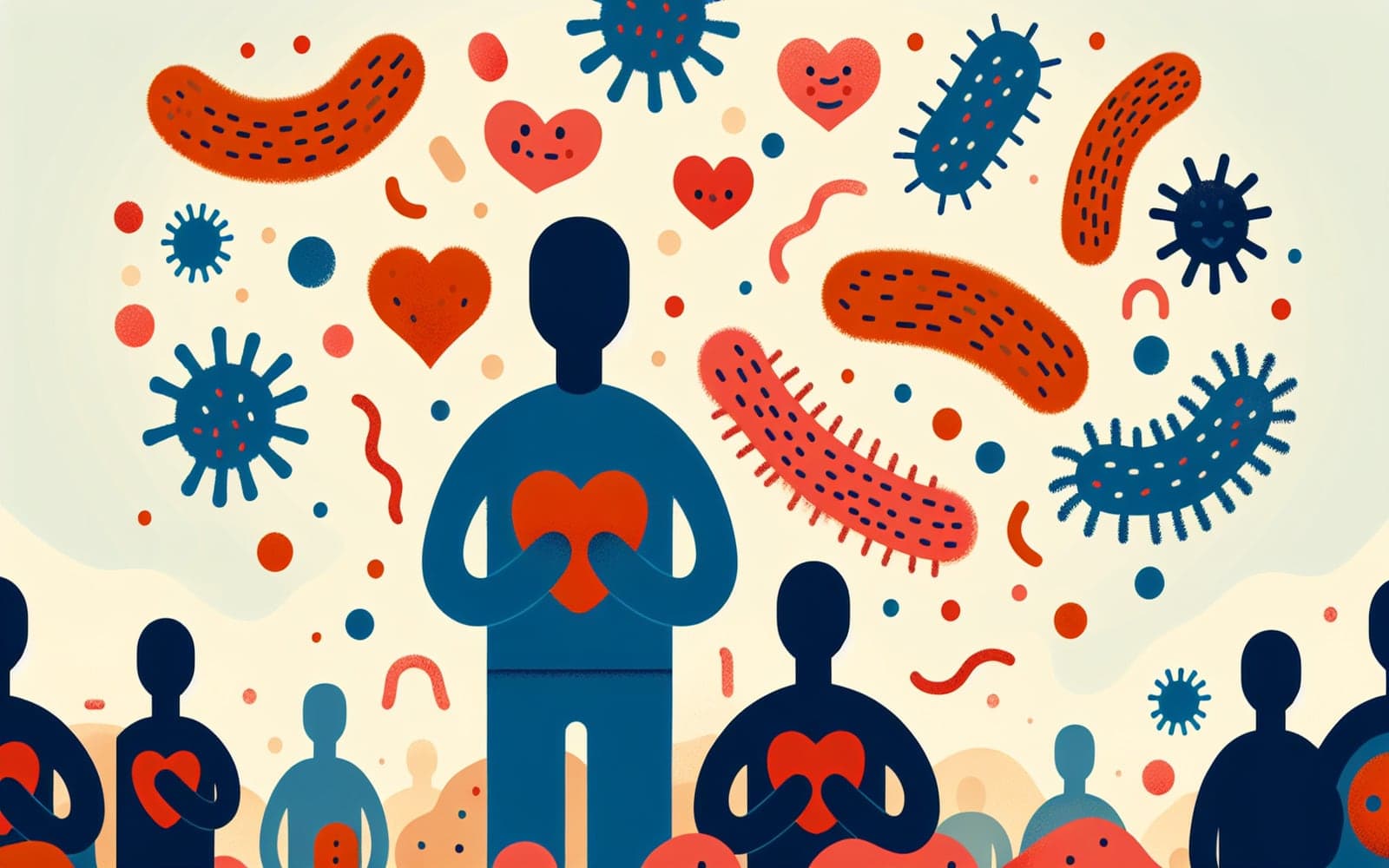C. difficile: The Gut Invader You Need to Know About
Published: Apr 23, 2024

Medically reviewed by Becky Powers | MD, The University of Texas Medical School - Houston, Texas on April 23rd, 2024.
C. difficile is a dangerous bacterial infection that can take over your gut when antibiotics wipe out your good bacteria. It's becoming more common and can be life-threatening if not treated properly.
Contents
How C. difficile Hijacks Your Gut
C. difficile bacteria are opportunistic invaders that thrive when antibiotics disrupt your normal gut flora. They produce toxins that damage the intestinal lining, causing inflammation and diarrhea. The spores can persist in the environment, making C. difficile easily spread in healthcare settings.
Spotting the Signs of Infection
The hallmark symptom of C. difficile infection is watery diarrhea, often with mucus or blood, occurring at least 3 times per day. Other signs include fever, abdominal pain, and loss of appetite. In severe cases, it can lead to dehydration, kidney problems, and even a life-threatening condition called toxic megacolon.

Diagnosing the Invader
Doctors diagnose C. difficile by testing a stool sample for the bacteria or its toxins. They may also perform blood tests to check for signs of inflammation or dehydration. In some cases, imaging tests like CT scans are used to look for complications like toxic megacolon.
Frequently Asked Questions
Elderly, hospitalized, and immunocompromised individuals on antibiotics.
Yes, recurrence occurs in about 20% of cases.
Very - spores can survive on surfaces for months.
Not yet, but researchers are working on it.
Key Takeaways
C. difficile is a serious infection, but with proper diagnosis and treatment, most people recover fully.
Concerned about C. difficile? Talk to Doctronic about your risk factors and prevention strategies.Related Articles
References
McDonald LC, et al. Clinical Practice Guidelines for Clostridium difficile Infection in Adults and Children: 2017 Update by the IDSA and SHEA. Clin Infect Dis. 2018;66(7):e1-e48.
Centers for Disease Control and Prevention. Clostridioides difficile Infection. https://www.cdc.gov/cdiff/index.html
This article has been reviewed for accuracy by one of the licensed medical doctors working for Doctronic. Always discuss health information with your healthcare provider.

